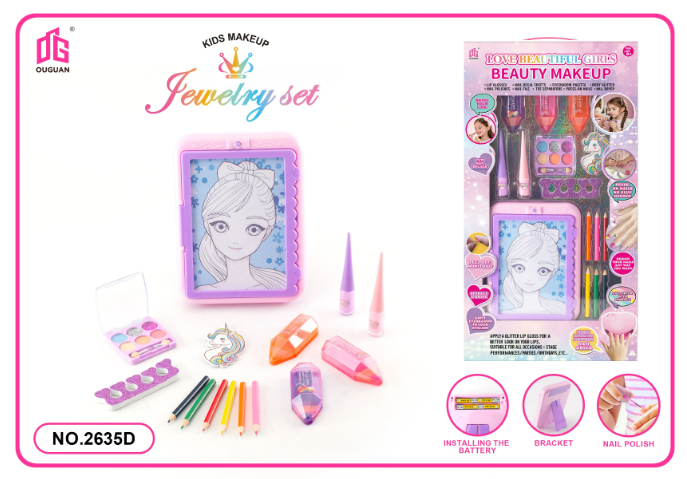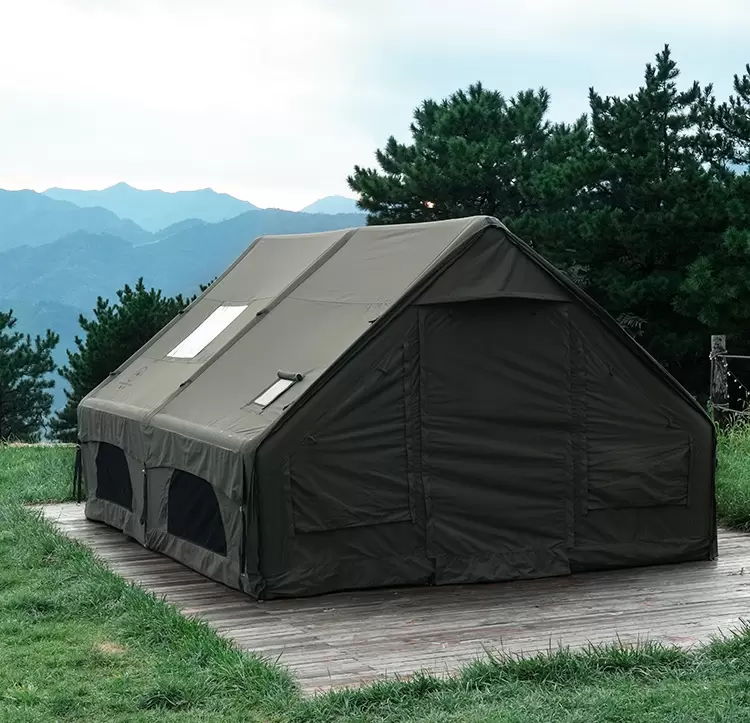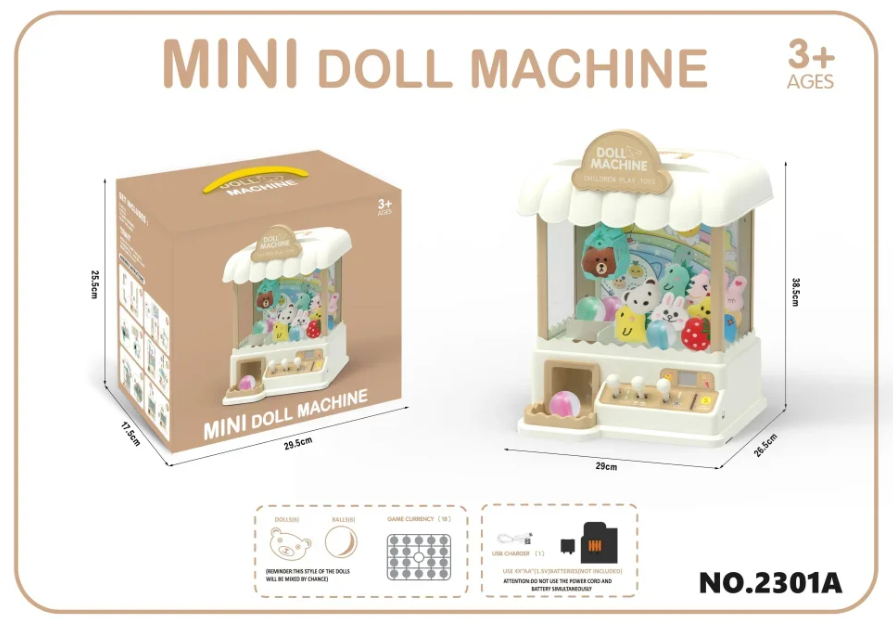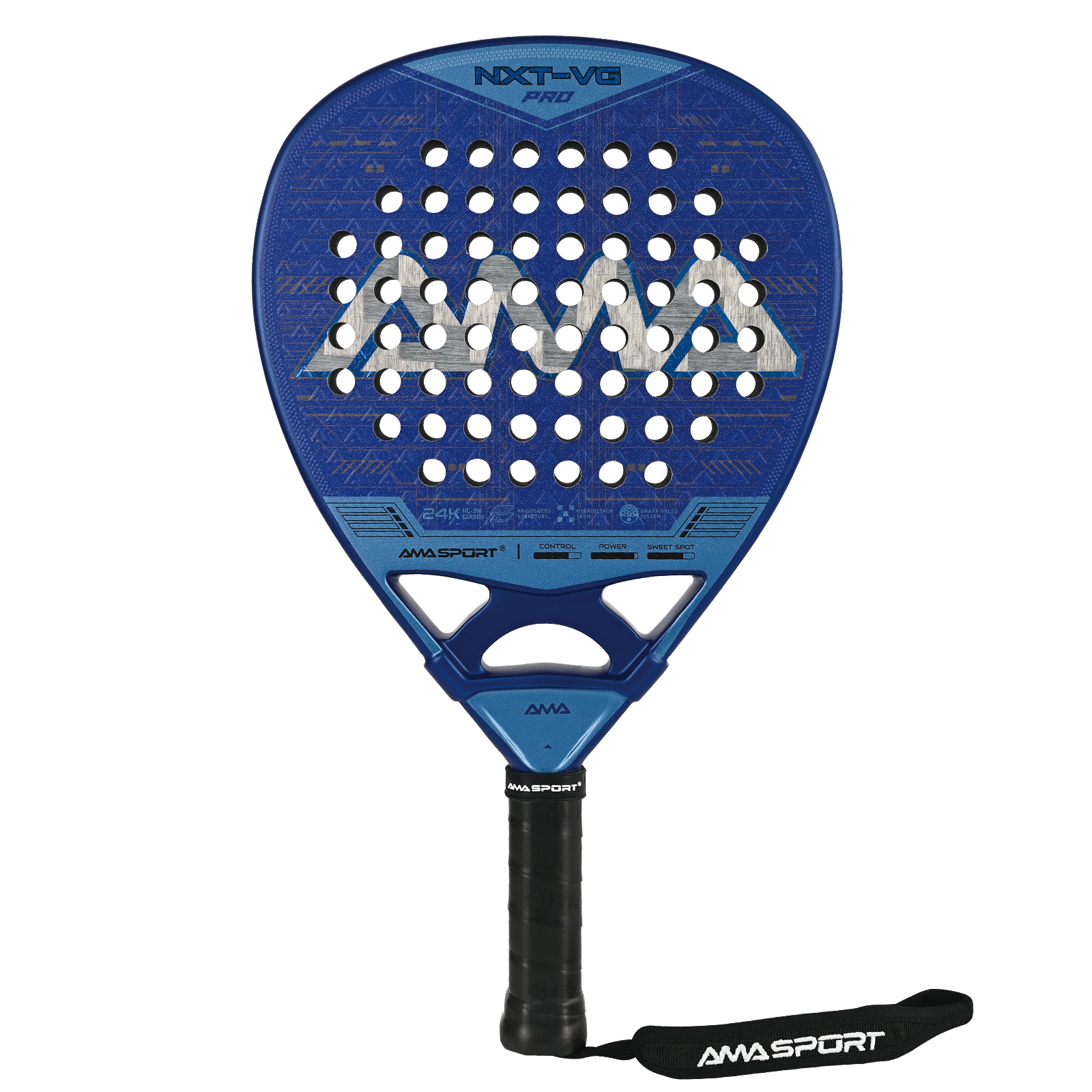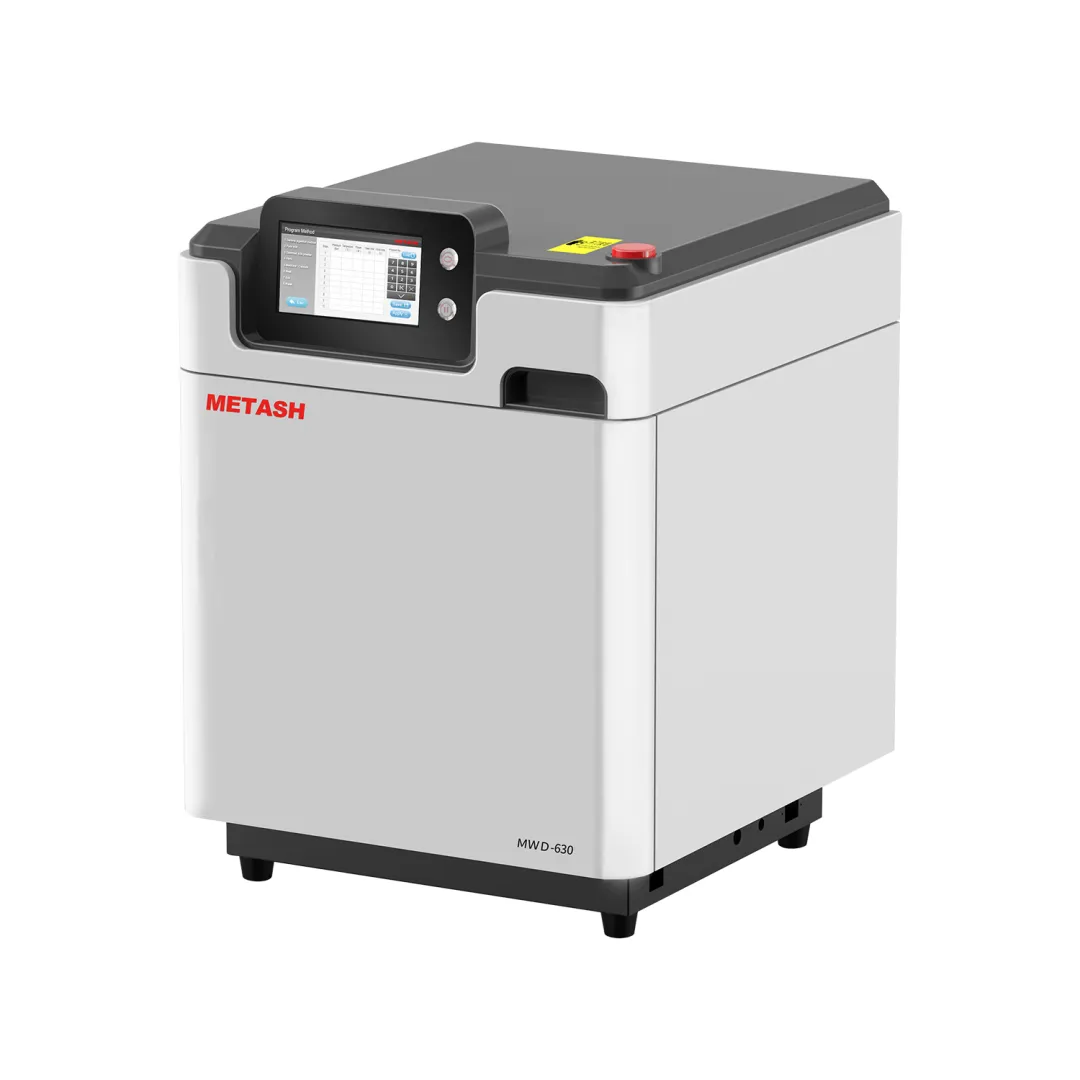Exploring the Expansive Landscape of the Outdoor Gear Market: Size, Trends, and Future Prospects
The outdoor gear market has witnessed remarkable growth over the past few years, driven by a surge in outdoor recreational activities and a growing awareness of health and wellness. As more individuals seek to escape the confines of urban life and immerse themselves in nature, the demand for high-quality outdoor equipment continues to rise. In this article, we will delve into the size of the outdoor gear market, explore key trends shaping its future, and analyze the factors contributing to its expansion.
Understanding the Market Size
As of 2024, the global outdoor gear market is estimated to be valued at approximately $XX billion, with projections indicating a compound annual growth rate (CAGR) of around XX% over the next five years. This growth can be attributed to several factors, including increased participation in outdoor activities such as hiking, camping, climbing, and cycling. The COVID-19 pandemic further accelerated this trend, as individuals sought safe and socially distanced ways to engage in recreational activities.
Key Segments of the Outdoor Gear Market
The outdoor gear market can be broadly categorized into several segments, each contributing to the overall market size:
- Apparel: This segment includes clothing designed for outdoor activities, such as jackets, pants, and footwear. The demand for performance-driven apparel, which offers features like moisture-wicking, breathability, and insulation, is on the rise.
- Equipment: This encompasses a wide range of products, including tents, backpacks, sleeping bags, and cooking gear. Innovations in materials and design have led to lighter, more durable equipment, appealing to both casual and serious outdoor enthusiasts.
- Accessories: This segment includes items such as hydration systems, navigation tools, and safety gear. The growing emphasis on safety and preparedness in outdoor activities has fueled demand for these accessories.
- Bicycles and Cycling Gear: With the increasing popularity of cycling as a recreational activity, this segment has seen significant growth. Electric bikes, in particular, have gained traction, attracting a broader audience to cycling.
Trends Influencing Market Growth
Several key trends are shaping the outdoor gear market:
- Sustainability: As consumers become more environmentally conscious, there is a growing demand for sustainable and eco-friendly outdoor gear. Brands are increasingly adopting sustainable practices, such as using recycled materials and reducing carbon footprints, to appeal to this demographic.
- Technological Advancements: The integration of technology into outdoor gear is transforming the market. Smart apparel, GPS-enabled devices, and advanced materials are enhancing the user experience and providing added functionality.
- E-commerce Growth: The rise of online shopping has made outdoor gear more accessible to consumers. E-commerce platforms allow brands to reach a wider audience, while also providing customers with the convenience of shopping from home.
- Health and Wellness Focus: The growing awareness of the physical and mental health benefits of outdoor activities is driving more people to engage in recreational pursuits. This trend is expected to continue, further boosting the demand for outdoor gear.
Challenges Facing the Outdoor Gear Market
Despite its growth, the outdoor gear market faces several challenges:
- Supply Chain Disruptions: Global supply chain issues, exacerbated by the pandemic, have led to delays and increased costs for manufacturers. This can impact product availability and pricing.
- Market Saturation: As more brands enter the outdoor gear market, competition intensifies. Companies must differentiate themselves through innovation, quality, and customer service to maintain market share.
- Changing Consumer Preferences: The outdoor gear market must adapt to evolving consumer preferences, particularly among younger generations who prioritize experiences over material possessions. Brands that can offer unique experiences or community engagement will likely thrive.
Future Prospects
Looking ahead, the outdoor gear market is poised for continued growth. As more individuals prioritize outdoor activities for recreation and wellness, the demand for innovative, sustainable, and high-quality gear will remain strong. Brands that embrace technological advancements and sustainability will be well-positioned to capture market share in this dynamic landscape.
In conclusion, the outdoor gear market is not only substantial in size but also rich in potential. By understanding the key segments, trends, and challenges, stakeholders can navigate this evolving market and capitalize on the opportunities it presents. Whether you are a consumer looking for the best gear for your next adventure or a business seeking to enter this thriving market, staying informed about its dynamics is essential for success.

